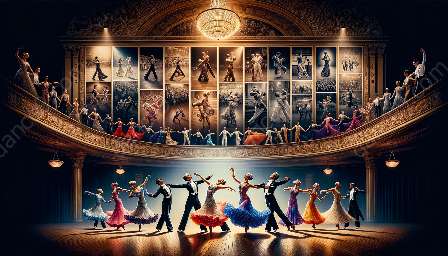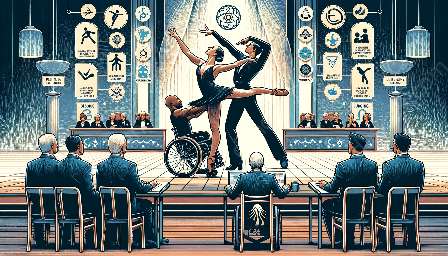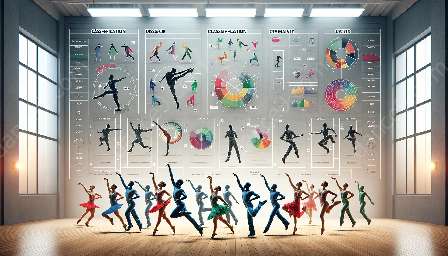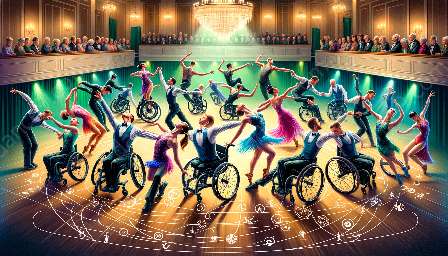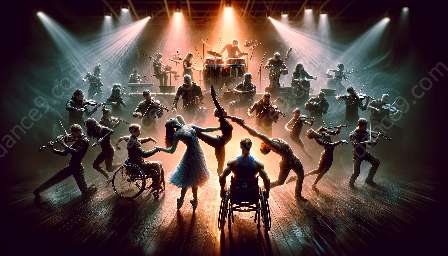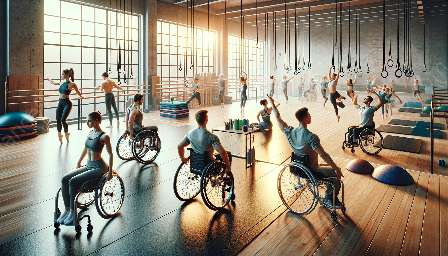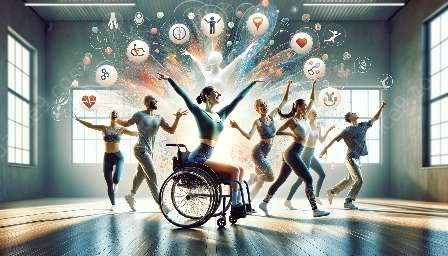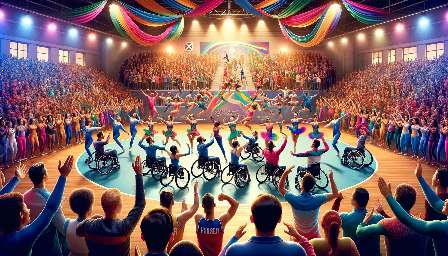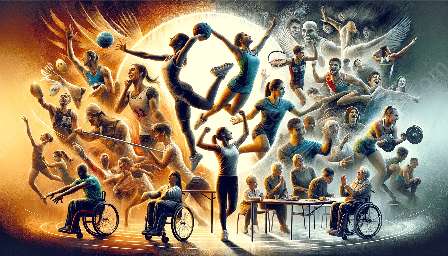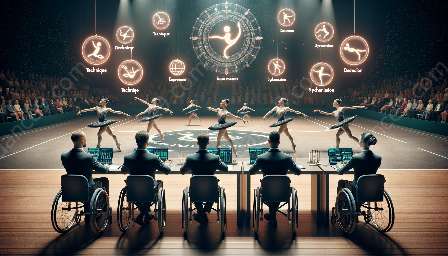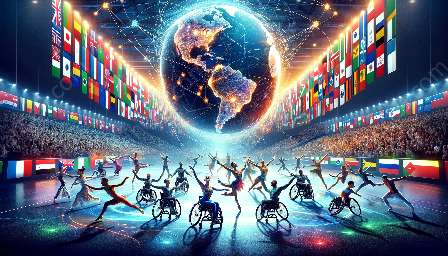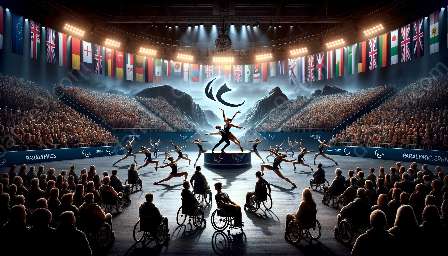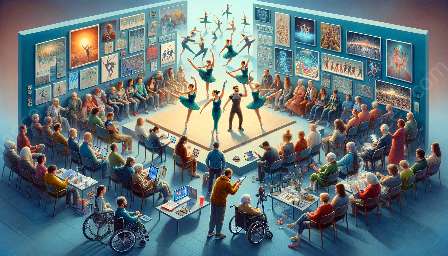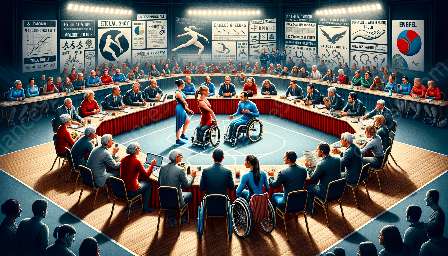Dancers, especially para dancers, require effective strategies for recovery and rest to optimize their performance, especially when preparing for world para dance sport championships. This article will explore the best approaches to recovery and rest for para dancers between training sessions, taking into account the specific challenges and needs of para dancers.
Understanding the Needs of Para Dancers
Para dancers often face unique physical and mental challenges, and their recovery strategies should be tailored to address these specific needs. Some common challenges for para dancers may include muscle fatigue, joint pain, and mental fatigue from managing their disabilities.
Best Strategies for Recovery
1. Active Recovery: Incorporating light exercises and low-impact activities such as swimming or cycling can promote blood flow and aid in muscle recovery without causing excessive strain on the body.
2. Massage and Body Work: Para dancers can benefit from regular massage therapy and bodywork to help release muscle tension, improve circulation, and promote relaxation.
3. Proper Nutrition: Ensuring that para dancers consume a balanced diet rich in protein, antioxidants, and essential nutrients can aid in muscle repair and overall recovery.
4. Sleep and Rest: Adequate sleep and rest are crucial for recovery. Para dancers should prioritize getting enough quality sleep to allow their bodies to repair and regenerate.
Effective Rest Strategies
1. Mindfulness and Meditation: Practicing mindfulness, meditation, and deep breathing techniques can help para dancers manage stress, improve mental focus, and promote overall relaxation.
2. Gentle Stretching and Mobility Work: Incorporating gentle stretching and mobility exercises can help para dancers maintain flexibility and reduce the risk of injury during training sessions.
3. Hydration: Staying properly hydrated is essential for recovery and overall performance. Para dancers should prioritize consuming adequate amounts of water and electrolyte-rich beverages.
4. Active Rest: Engaging in non-dance-related activities such as leisurely walks, gentle yoga, or hobbies can provide mental and physical rest while maintaining overall mobility.
Training and Conditioning for Para Dance Sport
It's important to integrate these recovery and rest strategies into the overall training and conditioning program for para dance sport. By incorporating adequate rest and recovery, para dancers can enhance their performance, minimize the risk of overtraining, and promote long-term success in their sport.
World Para Dance Sport Championships and Recovery
When preparing for world para dance sport championships, effective recovery and rest strategies become even more critical. To compete at the highest level, para dancers must prioritize their recovery to ensure they are in peak physical and mental condition for the competition.
By implementing these best practices for recovery and rest, para dancers can optimize their training, improve their overall well-being, and increase their chances of success at the world para dance sport championships.

